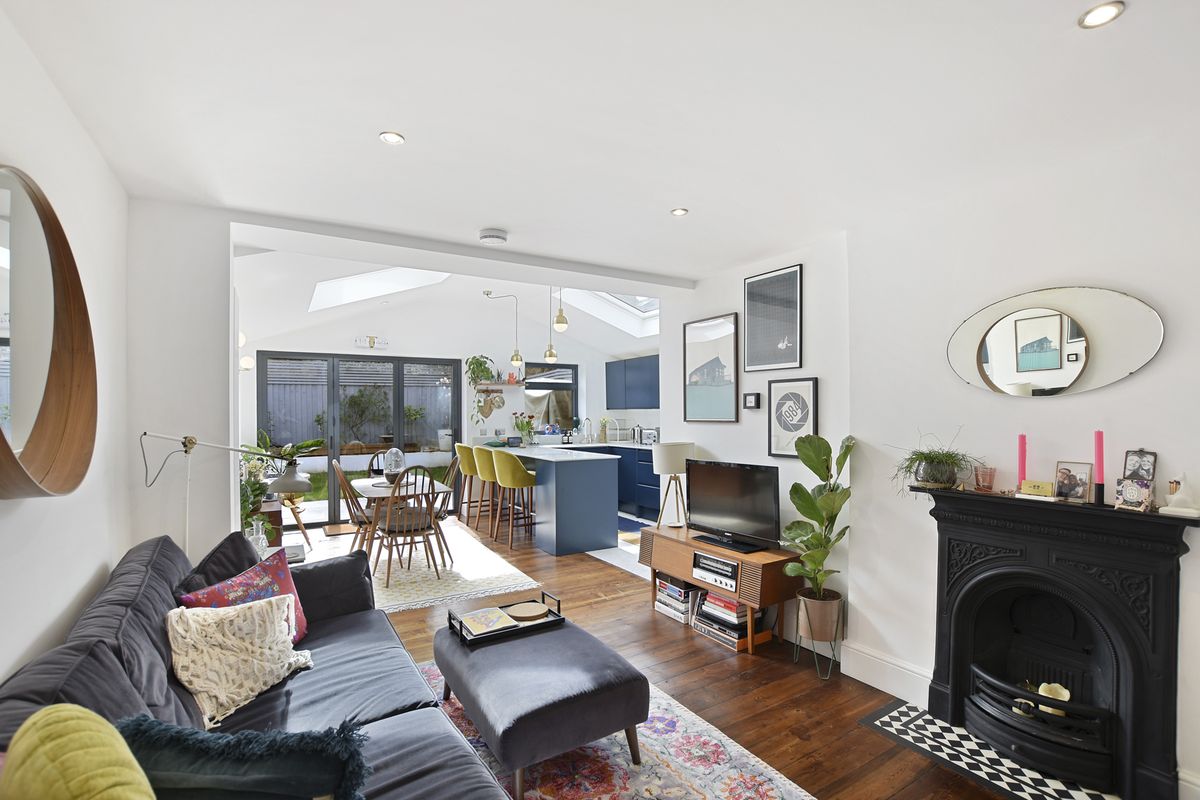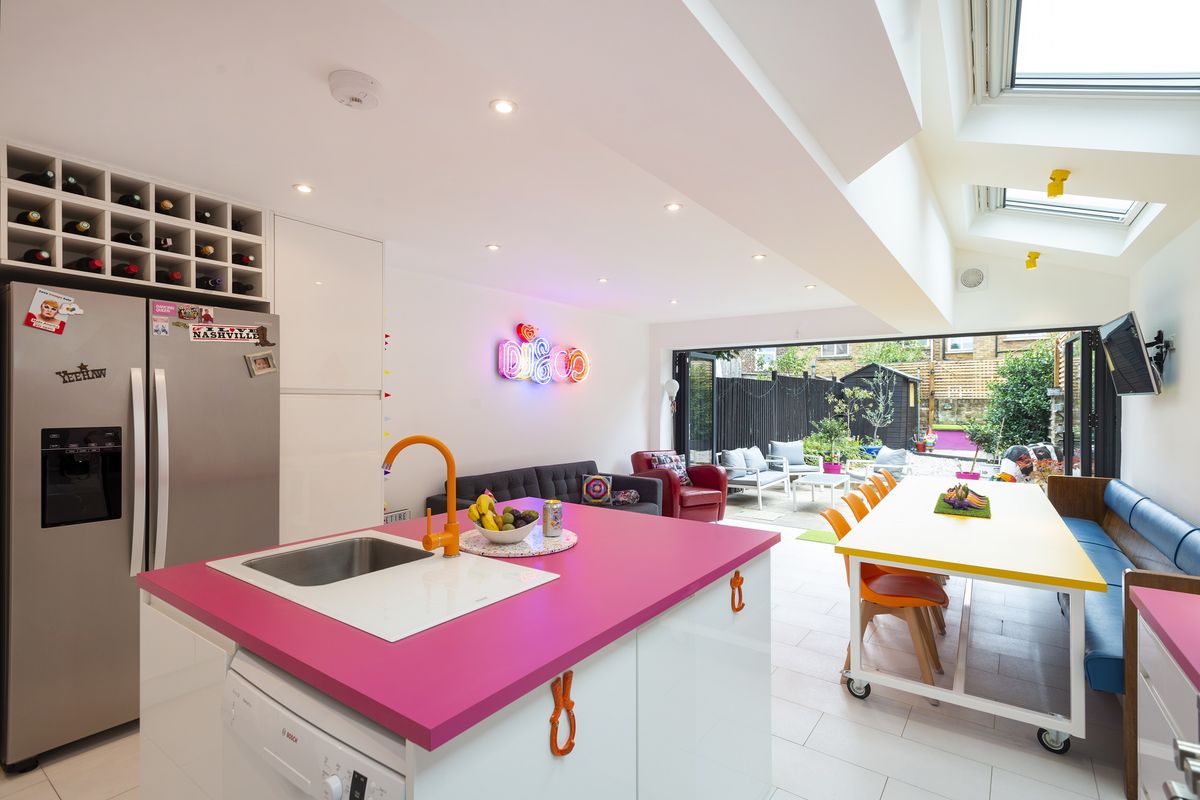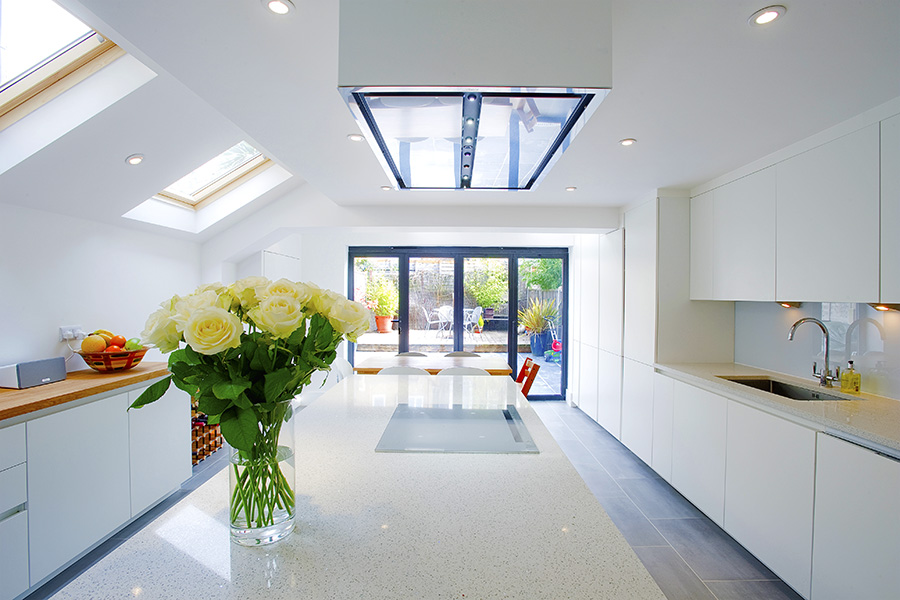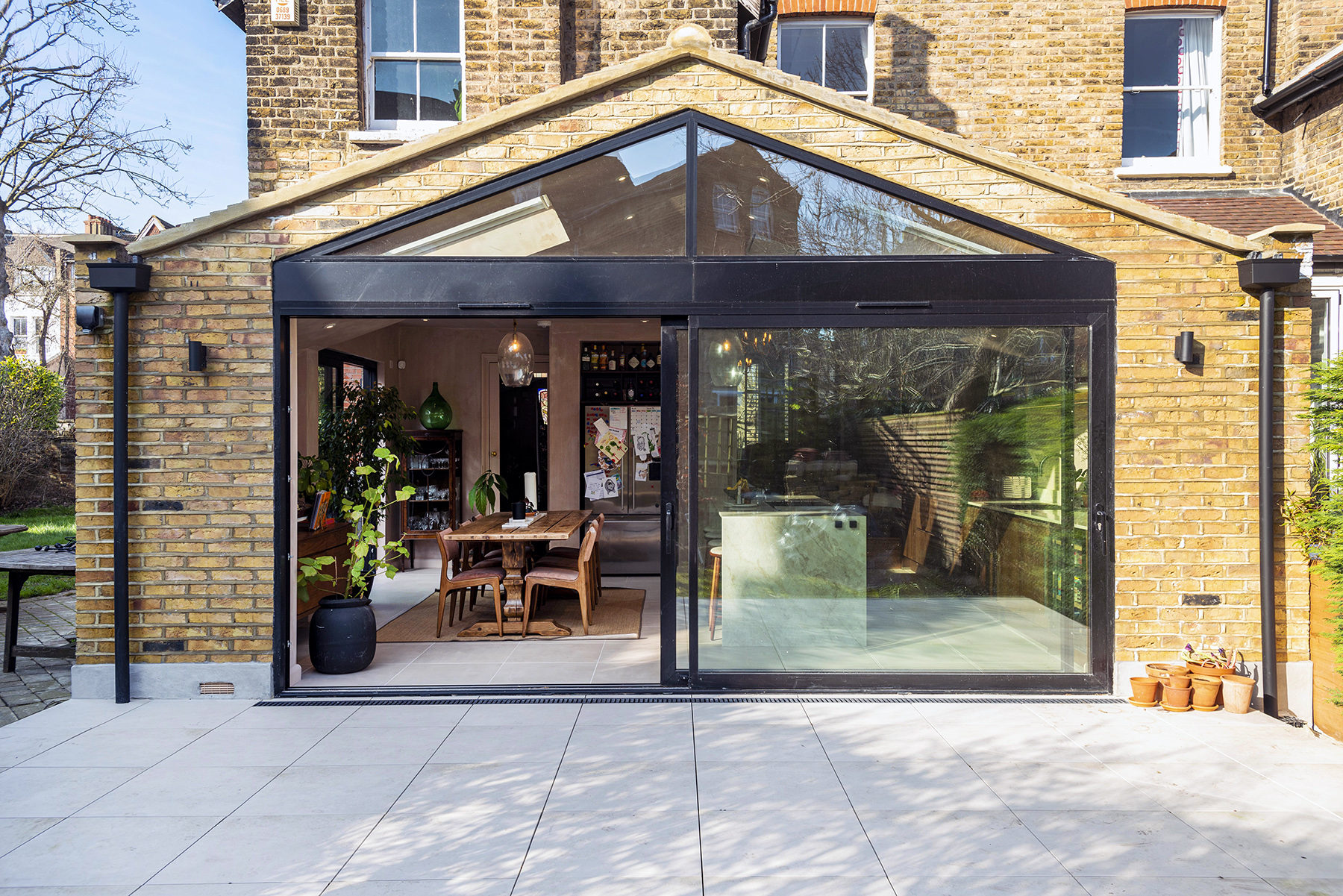Modernising Your Victorian Home: Blending Old Charm with New Design
- 03-08-24
- 6 min read
- Blog
Victorian homes are charming, but there comes a time when modernisation comes calling.
It's not about ripping out every original feature or turning your home into a stark, contemporary box. Instead, it's about finding that sweet spot where Victorian charm meets 21st-century functionality.
This guide is for anyone looking to breathe new life into their Victorian property.
Whether you're planning a major renovation or just want to make your home work better for modern life, you'll find practical advice and inspiration here.
Let’s jump in.
Many Victorian homes feature a series of smaller, separate rooms – a layout that can feel cramped and dark by today's standards.
Open-plan living offers a solution that can boost property value by some 15% but requires careful consideration in these period properties.
When exploring open-plan options, you’ll need to consult a structural engineer. Victorian homes often rely on internal walls for support, so it's key to understand which can be removed safely. In many cases, installing steel beams can provide the necessary support while opening up the space.
Going open-plan is very practical if you’re planning an extension, such as a rear, wrap-around, or side-return extension.
You can create gorgeous kitchen-living areas with bi-fold doors, roof lanterns, or floor-to-ceiling glazing – a truly upgraded, modern space that bridges Victorian properties with modern living.

Above: Stunning open-plan extension by Design Team.
Victorian kitchens were often small, functional, separate from dining areas. Today's kitchens, however, are often the hub of family life.
Creating a kitchen that works for modern living while respecting your home's heritage requires thoughtful design. Again, this can hugely boost your property’s value – sometimes by 20%!
Cabinetry is key. Opt for designs that nod to Victorian style - perhaps with raised panel doors or butler sink fronts - but in contemporary colours. Deep blues, greens, or greys paired with brass hardware offer a modern take on Victorian hues.
Islands have become a staple of modern kitchens, and they can work beautifully in Victorian homes. A bespoke island with a solid wood top can add valuable prep space and casual seating while echoing the craftsmanship of the Victorian era.
When it comes to appliances, concealment is often best. Integrated fridges, freezers, and dishwashers behind cabinetry maintain a streamlined look.
For a real statement, consider a range cooker that combines classic styling with modern efficiency.
Essential elements for a modern Victorian kitchen:
Period-inspired cabinetry with modern functionality
Multifunctional island unit
Concealed modern appliances
Statement range cooker
Mix of task and ambient lighting

Above: Stunning kitchen in N15.
Victorian bathrooms were often sparse affairs. Today, we have the opportunity to create spaces that are both functional and indulgent. Striking the right balance between period charm and modern comfort is key.
Start with the basics. A freestanding bath can be a real showstopper, echoing Victorian styles but with modern comforts. Pair this with a large walk-in shower for the best of both worlds.
For smaller bathrooms, consider a wet room design. Removing the need for a shower enclosure can make the space feel larger and more luxurious. Use Victorian-inspired encaustic tiles to zone the shower area, adding character and practicality.
When it comes to sanitaryware, look for ranges that combine period aesthetics with modern functionality. A high-level cistern toilet and a console basin on a chrome stand can add authentic Victorian touches.
Bathroom upgrade priorities:
Freestanding bath or wet room shower
Period-style sanitaryware with modern internals
Victorian-inspired tiling
Efficient heating (underfloor and towel rails)
Careful lighting design
Victorian homes can often be dark, particularly towards the rear. Introducing more natural light can transform these spaces. Glass extensions and creative use of glazing offer solutions that blend contemporary design with period homes.
Glass box extensions have become increasingly popular. These modern additions provide a striking contrast to Victorian brickwork while flooding interiors with light. For a less dramatic intervention, consider roof lights or lanterns. These can be particularly effective over stairwells or in kitchen extensions.
Don't overlook internal glazing. Crittall-style doors or partitions can divide spaces while allowing light to flow through. These industrial-inspired designs work surprisingly well in Victorian homes, offering a nod to Britain's manufacturing heritage.
Light-enhancing options for Victorian homes:
Glass box extensions
Roof lights or lanterns
Crittall-style internal doors and partitions
Enlarged window openings (where permissible)
Reflective surfaces to maximise light

Above: Stunningly bright extension in N5.
Introducing contemporary materials can create an interesting dialogue between old and new in Victorian interiors. The key is to use these materials judiciously, allowing them to complement rather than overwhelm the home's original features.
Exposed brick walls can add warmth and texture. Consider exposing a feature wall if your home has good-quality bricks behind the plaster.
This works particularly well alongside more contemporary elements like a sleek kitchen or modern artwork.
Timber is a versatile material that bridges old and new. Consider installing wide-plank engineered wood floors for a look that's both classic and contemporary. In kitchens, wooden worktops can soften the look of modern cabinetry.
Consider introducing metal elements for a more industrial feel. A steel beam left exposed after removing a wall can become a feature in itself. Metal-framed doors and windows, both internal and external, can add a contemporary edge while respecting the home's heritage.
Materials to consider in your Victorian home renovation:
Exposed original brickwork
Wide-plank timber flooring
Metal-framed doors and windows
Granite or quartz worktops
Textured wallpapers in contemporary designs
While preserving the character of a Victorian home is important, incorporating modern technology can significantly improve comfort and efficiency. The key is to integrate these elements discreetly.
Smart heating systems can be particularly beneficial in Victorian homes, which often find it challenging to heat efficiently. Zoned heating allows you to control temperatures in different areas of the house independently, ideal for homes with a mix of original and new spaces.
Lighting can also be transformed with smart technology. Automated systems can adjust throughout the day, enhancing your home's atmosphere and energy efficiency.
For a more subtle approach, consider replacing traditional light switches with dimmer switches with a period appearance but with modern functionality.
When it comes to home entertainment, hidden solutions are often best. Concealed speakers and projectors can provide high-quality audio and visual experiences without detracting from period features.
Smart upgrades for Victorian homes:
Zoned heating systems
Automated lighting controls
Hidden audio-visual equipment
Smart security features
Energy monitoring systems
By carefully balancing these modern interventions with the inherent character of your Victorian home, you can create a living space that's both respectful of its heritage and perfectly suited to contemporary life. Remember, the goal is to enhance, not erase, the unique features that make Victorian homes so special.
Improving the energy efficiency of Victorian homes presents unique challenges, but the benefits in terms of comfort and cost savings can be substantial.
Insulation is key in these older properties. Solid walls, common in Victorian homes, can be internally or externally insulated.
Internal wall insulation is often preferred as it maintains the property's external appearance. However, it does reduce room sizes slightly. External wall insulation is more disruptive but doesn't impact interior space.
Roof insulation is typically easier to install and can significantly improve heat retention. Aim for at least 270mm of insulation if you have a loft. For rooms on the roof, consider solutions like spray foam insulation between rafters.
Solar panels are becoming increasingly popular, even on period properties. While they may not be suitable for front-facing roofs in conservation areas, many Victorian homes have rear roofs ideal for solar installation.
Consider solar tiles for a more integrated look, although these are generally more expensive than traditional panels.
Key energy efficiency upgrades:
Solid wall insulation (internal or external)
Comprehensive loft insulation
Solar panel or solar tile installation
Double or secondary glazing
Draught-proofing measures
Modernising a Victorian home is a delicate balance between preserving character and embracing contemporary living.
From open-plan renovations to discreet smart technology integration, numerous ways exist to enhance your period property while respecting its heritage.
The key is to approach each change thoughtfully, considering how modern elements can complement rather than compete with original features.
This is where Design Team comes in. With our extensive experience in modernising Victorian house extensions, we can help you create fresh, exciting spaces that elevate your home life and well-being.
Our team of experts can guide you through every stage of your renovation project, from initial concept to final execution.
Want to learn more? Feel free to contact us today for more information!
Book a free Design Consultation with one of our team to discuss your project in more detail.
.jpg)
11-11-24 6

10-11-24 6

25-10-24 6